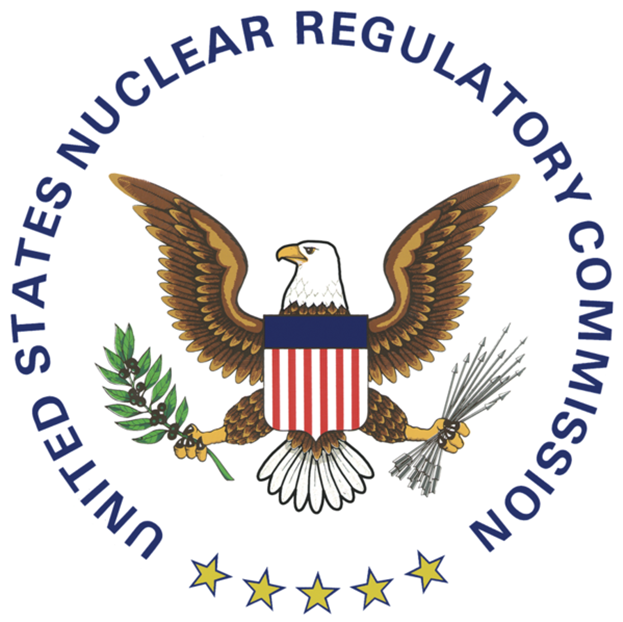Part 1 of 3 Parts
Since World War II, there have been stringent regulations that apply to any business or other institution in which nuclear radiation is present. These regulations apply to hospitals, uranium mines, nuclear power plants, nuclear waste disposal facilities, industrial sites that utilize radioactive materials for testing, private laboratories etc. These rules are based on what is called the linear no-threshold model. This model indicates that the biological dangers of radiation increase linearly with the level of radiation and that there is no minimum level of radiation that is safe.
The regulations are referred to as the ALARA standard which stands for “as low as reasonably achievable”. Such things as isolation units, elaborate shielding, specialized air cleaners and filters and stringent worker training are required by these federal standards. Many businesses consider these radiation standards to be unnecessarily burdensome and expensive. Some estimate that billions of dollars have to be spent to adhere to these standards.
Various groups have lobbied to relax these federal radiation regulations in the past but have had no success. However, in recent years, a new and relatively unknown group called the Scientists for Accurate Radiation Information (SARI) has been peddling proposals for relaxing radiation exposure standards. SARI was created in 2013 by members of the nuclear industry who wanted to soothe public fears of radiation that were exacerbated by the 2011 Fukushima nuclear disaster.
SARI supports an alternative theory of the biological effects of radiation known as “radiation hormesis”. This theory claims that things such as radiation that may be dangerous large quantities may actually be beneficial to health in low doses. This is rejected by most scientists in the field.
Despite the questionable theory they promote, a member of SARI has been appointed to head a Radiation Advisory Panel at the Environmental Protection Agency which assists in the establishment of federal radiation dose standards. Several suggestions for relaxation of radiation standards on the part of the Advisory Panel are actually being considered for adoption by the Nuclear Regulatory Commission.
Members of SARI have held jobs related to radiation protection at the EPA, the Department of Labor, the Department of Energy and DoE subagencies involved in the construction of nuclear weapons at nine federal factories around the U.S. Members have also worked in nuclear medicine, the commercial nuclear industry, and as college professors who teach nuclear medicine and nuclear hygiene.
In 2015, SARI petitioned the NRC to drop its current approach to radiation safety. They wanted the NRC to accept that not only are small doses of radiation not dangerous to human health but might be beneficial. The NRC has been treating the petition seriously. They created a working group to study the issue. An NRC spokesperson said that that study had been completed and the five members of the NRC will take up the subject sometime this spring.
If the NRC adopts the new SARI supported relaxed radiation exposure standards, it will result in huge savings for members of the nuclear industry. They will be able to carry out various projects involving radioactive materials without spending the money now necessary to protect their works and the public from low dose exposures. However, when the NRC solicited public comments on the changes, only one hundred out of over six hundred comments were in favor of any relaxation of radiation exposure standards.
Please read Part 2
